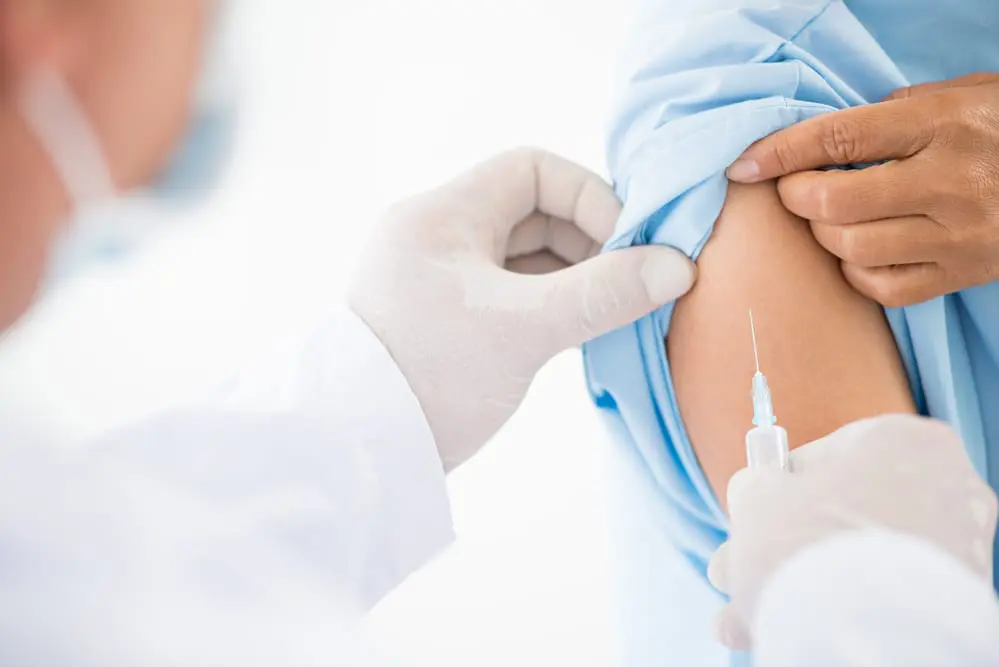Researchers are always striving to discover better drugs and medical devices. Compared to standard treatments currently available to consumers, these drugs and devices might relieve symptoms more effectively, reduce the number of side effects, or offer improved safety, amongst other benefits. If the investigators cannot prove that their new drug or device is at least as safe and effective as the existing treatment options already on the market, the drug or device may not receive approval from the U.S. Food and Drug Administration (FDA). This comparative research occurs after the first two phases of research studies are complete. So, what is a phase III clinical research study?

What Is a Phase III clinical research study?
Approximately 33 percent of experimental drugs and medical devices pass phase I and phase II research studies, reaching a phase III clinical research study. Let’s explore this crucial phase of research . . .
How many participants are involved?
Phase III research studies are large-scale studies, typically involving between 300 and 3,000 participants.
How long does the trial last?
Phase III research studies typically last several years. Considering their size and extensive goals, this length of time isn’t surprising.
What is the goal of the trial?
The main purpose of a phase III clinical research study is to compare the experimental drug or medical device to the current standard treatment. Like phase II studies, phase III studies are typically randomized and use double-blind testing. Researchers assess several aspects of the experimental drug or device and standard treatment, including their side effects, safety, efficacy, and effectiveness, to determine which drug or device works best. If the side effects become too severe for participants, the trial will end early.
Through a phase III clinical research study, researchers aim to gather a wealth of data for the pharmaceutical company and FDA, which will help them better understand the new treatment’s effectiveness, its benefits, and any negative repercussions. They need to demonstrate that the experimental drug or device is at least as safe and effective as the current standard treatment.
What happens next?
The phase III trial is the final stage of clinical testing before the pharmaceutical company may request approval from the FDA to market the new drug or medical device. However, it is not the last phase of clinical testing. After FDA approval, a new drug or device must undergo a phase IV study, which aims to learn more about the drug or device’s long-term side effects and safety.
_____
Each phase of clinical research serves a distinct purpose, so if you’re considering participating in a clinical research study, we encourage you to ask about the particular phase you’ll be joining. Not only will it help you learn about the process, but also the knowledge may give you a boost of confidence and comfort.
To learn more about participating in clinical research, check out QPS Missouri if you live in the southwest Missouri region. QPS Missouri is looking for new participants. Since opening its doors in 1994, QPS Missouri has conducted over 1,000 FDA-regulated studies, paying out over $35 million to local participants. Your local participation could have a global impact, as QPS is an international leader in contract research with facilities in North America, Europe, and Asia. Our mission is to accelerate the development of drugs worldwide by enabling breakthroughs in pharmaceutical innovation. If you would like to join us in this mission, consider applying for a clinical research study.
To get started, you simply need to fill out an online application. Within 48 business hours, a recruiting coordinator will contact you for your pre-screening assessment. To learn more, please visit the QPS Missouri website, review the study participation process, or check out our list of FAQ.
